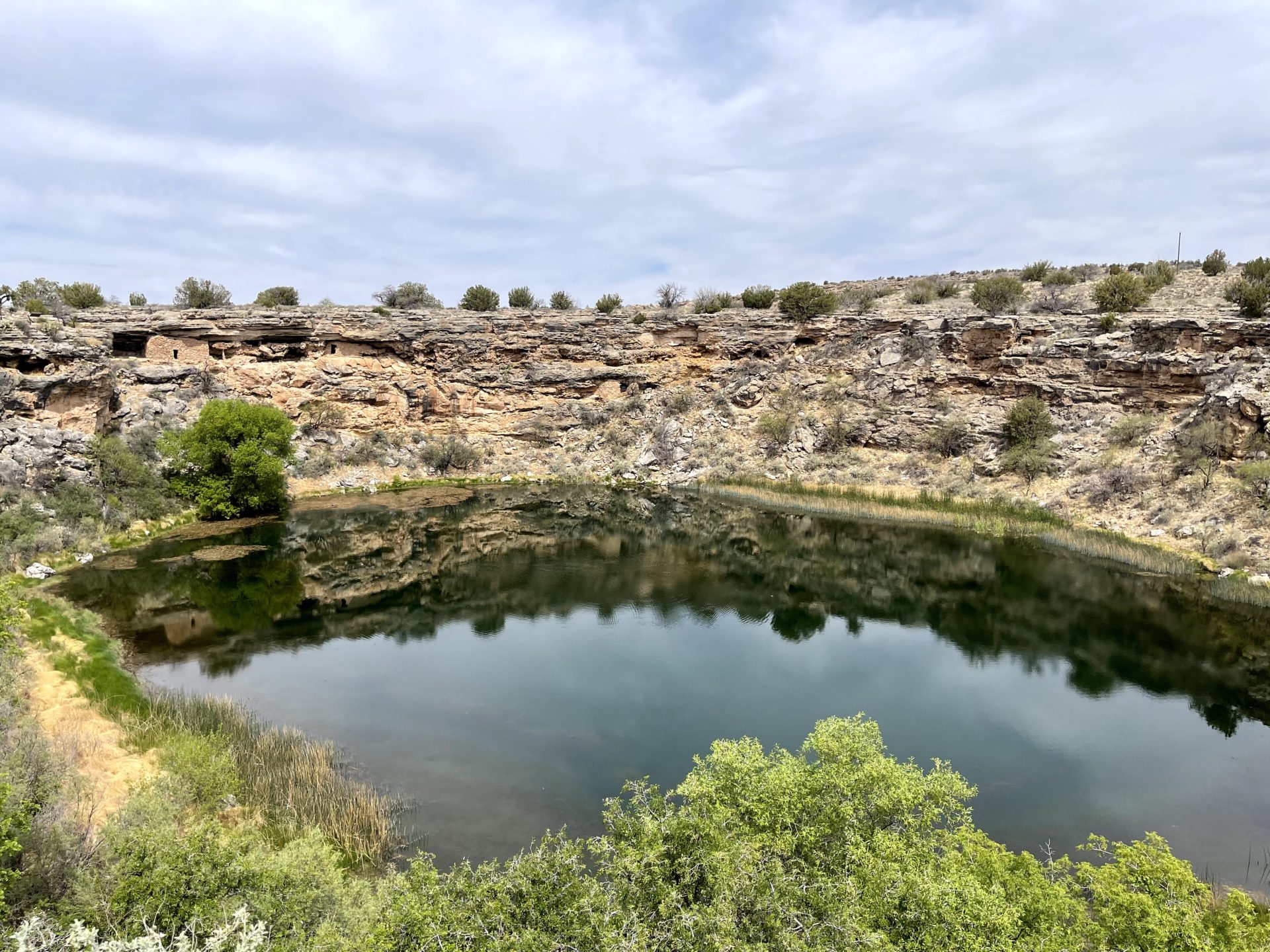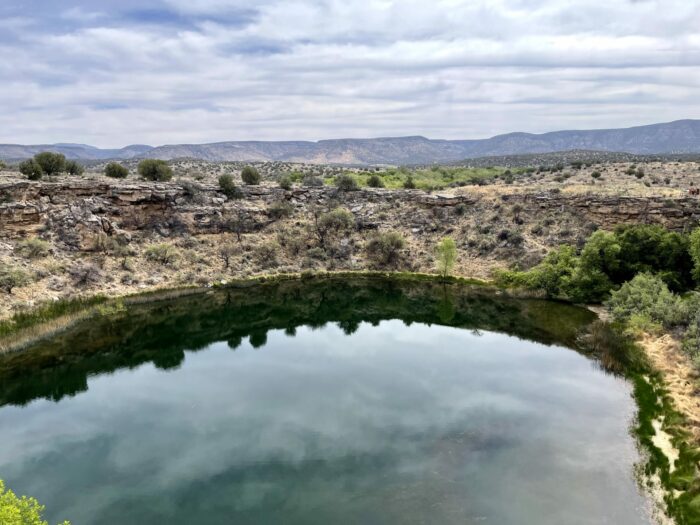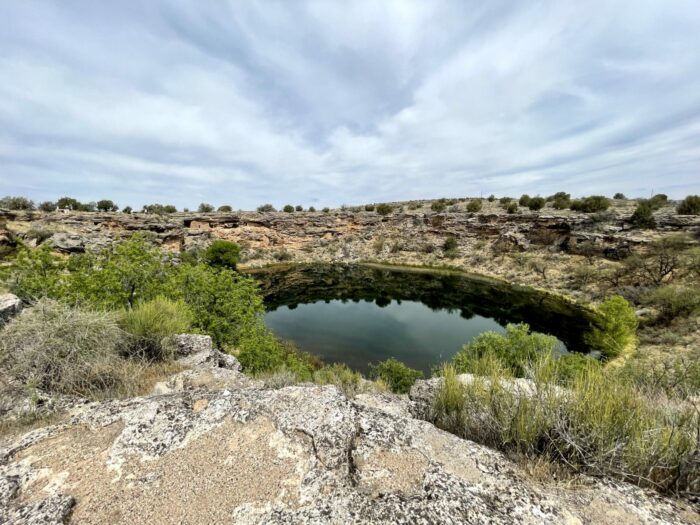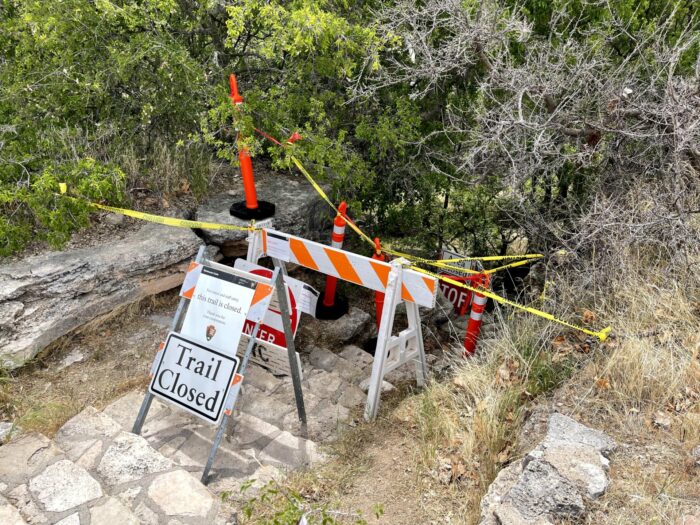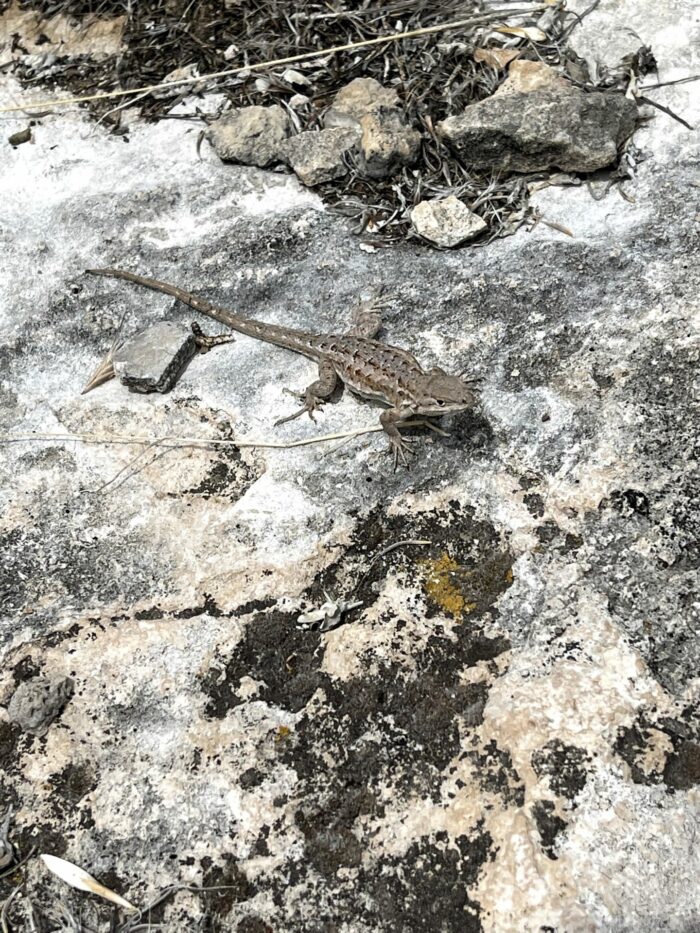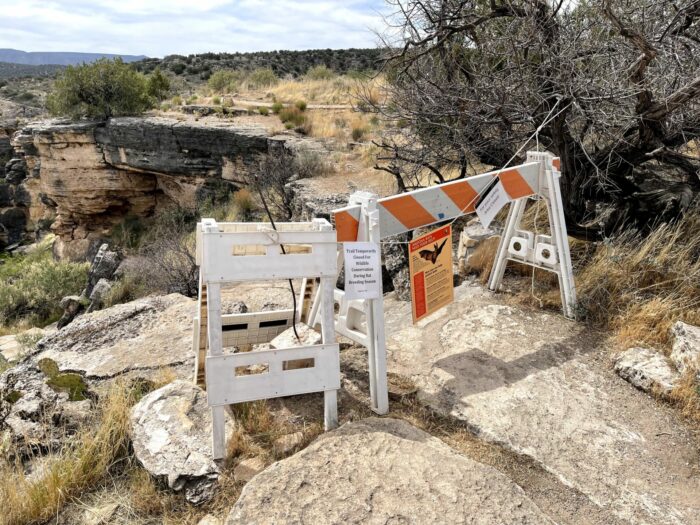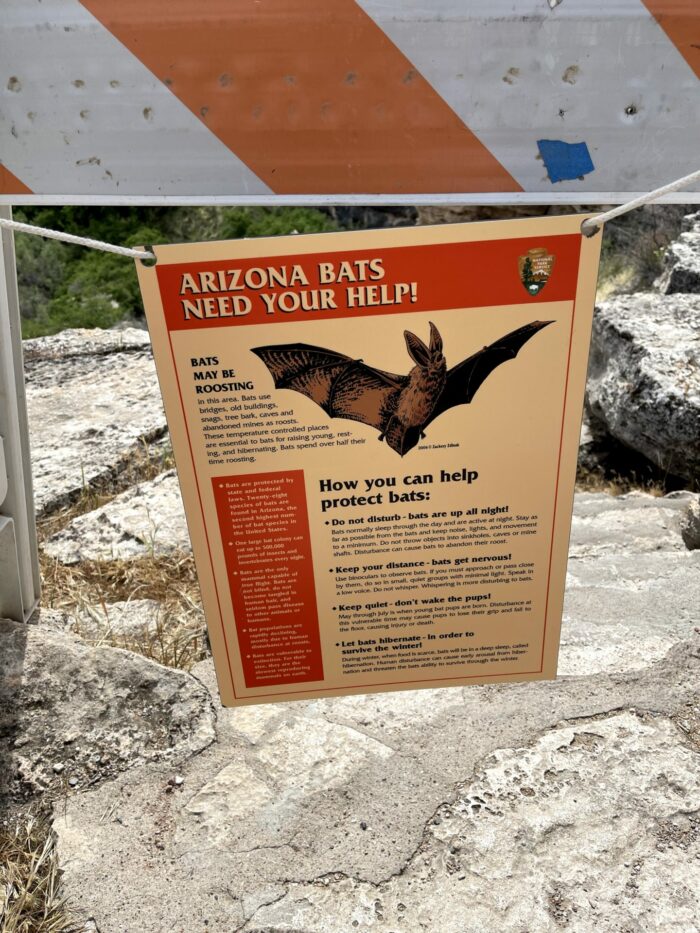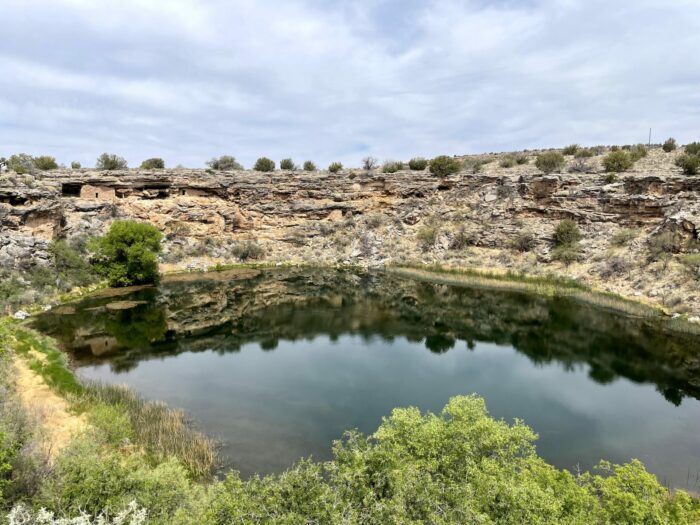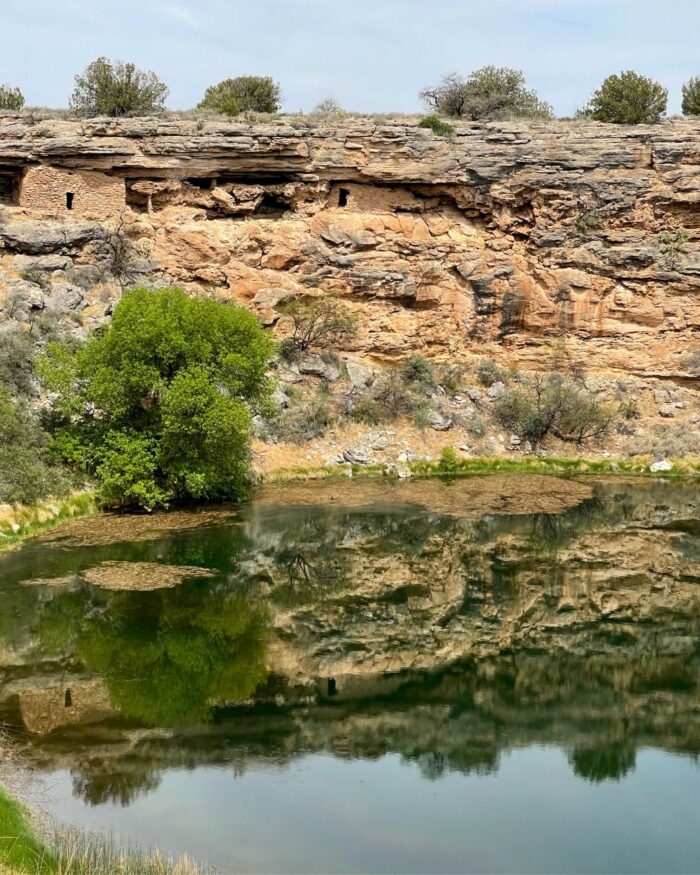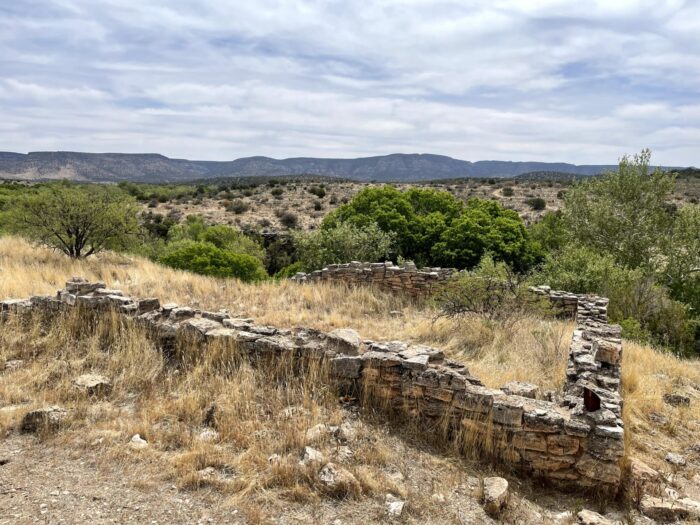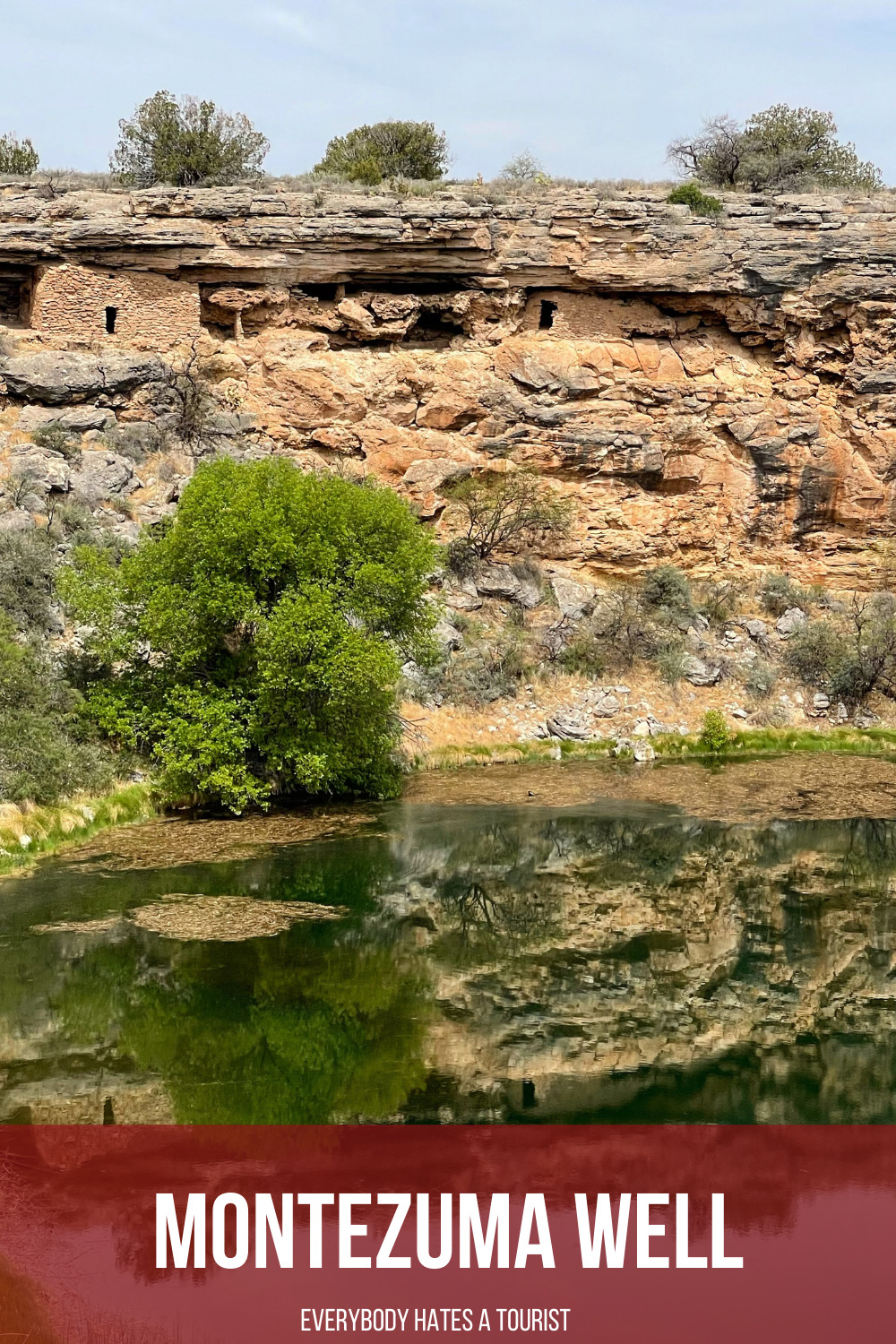This article has partner links that I may receive compensation from at no cost to you. Thank you for supporting my site by using them!
Every time I’d taken the drive up I-17 from Phoenix towards Flagstaff, Sedona, or Prescott, I’d passed by signs for Montezuma Castle & Montezuma Well. Despite having done this drive dozens of times, I’d never actually stopped to check them out. Both Montezuma Castle & Montezuma Well are worth a quick detour to learn about Arizona‘s history, geology, and ecology, especially from the perspective of the Native Americans who first inhabited the Verde Valley.
Montezuma Well is about a 20-minute drive from Montezuma Castle. Take exit 293 (McGuireville/Montezuma Well) on I-17 and head east about 4.5 miles. Like the Non-Montezuma Non-Castle, Montezuma Well has nothing to do with Montezuma, nor is it a well. It’s actually a natural limestone sinkhole formed by underground springs, similar to the cenotes of Mexico. The water bubbling from the springs is naturally carbonated. However it also contains high levels of arsenic, so maybe pass on the Montezuma Well La Croix.
In the harsh Arizona desert, any source of water becomes a hub of activity, both human & otherwise. This is especially the case wherever water can be permanently found. The spring pumps an astonishing 1,500,000 US gallons of water into Montezuma Well each day. Runoff flows from a natural outlet into an irrigation canal. The canal dates back over a thousand years.
Book your hotel in Arizona now!Compared to Montezuma Castle, few people stop by Montezuma Well, which is a shame. It’s a unique place to learn more about the history of Arizona as well as its ecosystems. The sinkhole is part of a short 0.7-mile loop hike, with park rangers out giving talks & answering questions about everything from those who lived there in the past to the bats and other wildlife that inhabit it now. There are also information signs along the walk.
Apart from the occasional discussion, Montezuma Well is nice and quiet, with the skies only punctuated by the chirping of birds & the trickling of Wet Beaver Creek as it winds its way through willow & sycamore trees toward the Verde River. It’s possible to walk down to the edge of the creek, though the trail was closed for repairs on my visit.
These waters are home to at least five unique species that can’t be found anywhere else on Earth, including diatoms, amphipods, leeches, water scorpions, snails, and possibly also pondweed & turtles. They’re all fascinating creatures that have adapted to life in Montezuma Well in unique ways. You can read more about them on the National Park Service website. No spring in the Southwest has more endemic species. There’s also plenty of other wildlife to spot. Hello, little lizard!
In addition to all of this smaller wildlife, the cliffs of Montezuma Well are also a nesting site for Townsend’s big-eared bats. These bats nest during the spring, necessitating the closure of the trail down to the edge of the water in order to protect them.
While the water here would be notable on its own because of the rare wildlife, Montezuma Well has also had great importance to the indigenous people of the area. People have inhabited the Verde Valley for over 10,000 years. The well is sacred to the Yavapai, as they consider it to be the place from which they emerged into the world. With so much life here, it’s easy to see how that connection was forged.
At the edge of the property, which is part of Montezuma Castle National Monument, you’ll find a pit house that dates back to around 1050. A modern shade structure protects the foundation from the elements. You can see the holes that held poles for its construction, as well as the floor. It looks like a chocolate cake that’s been checked for doneness many times.
Within the walls of the well itself, take a closer look at these cliffs. They might not be easy to spot at first, but there are cliff dwellings that lie just underneath the rim.
The Sinagua cliff dwellings at Montezuma Well date back to around 1100-1400. Thanks to the constant source of water, the Sinagua were able to construct extensively irrigated farmland, growing cotton (from cactus), as well as beans and corn. They would walk to the Phoenix area for trading. Later, it’s believed the Sinagua moved north, as some Hopi can be traced as their descendants.
Montezuma Well’s cliff dwellings might not be as dramatic as those at nearby Montezuma Castle, but both are reminders of humankind’s ingenuity & adaptation to the environment.
Here are some great day trip tours from Phoenix & Sedona that include Montezuma Castle & other things to see & do near Montezuma Castle.
If you’re looking for a place to stay near Montezuma Well, check out these Camp Verde hotels.

